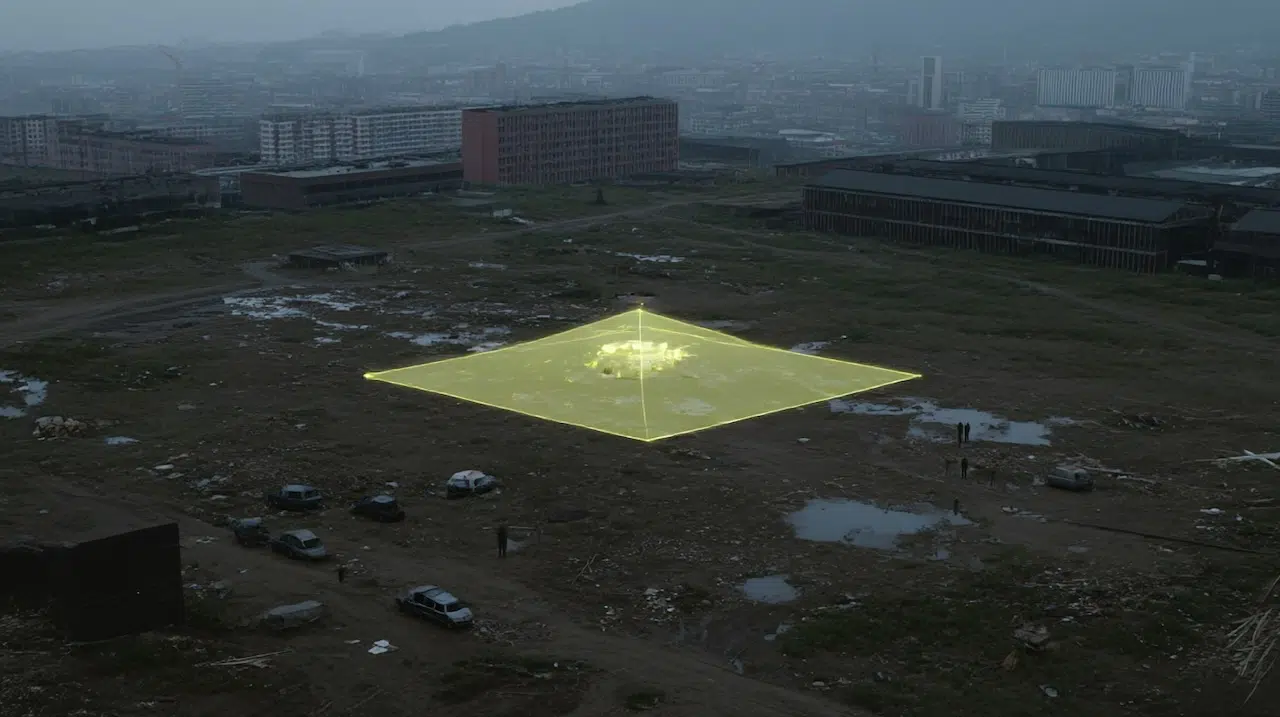
Across spiritual traditions, from contemplative lineages to indigenous cosmologies , spiritual intelligence carried structural weight. It was never casual. Never performative. It demanded the slow erosion of self-sovereignty through confrontation with limitation, surrender of egoic architecture, cultivation of humility and the systematic reorientation of perception toward an order that was neither controllable nor fully knowable.
Spiritual development was understood first as a process of disintegration. It was not a skill set, not an asset, not a narrative resource. It was a dismantling of perceptual centrality in service of systemic embeddedness.
Within the contemporary symbolic environment, this structural form has been displaced. New Age discourse, therapeutic modalities of late-stage wellness cultures repackage spiritual intelligence into a circulable artifact: lighter, faster, operationalized for perceptual advantage.
What once demanded existential destabilization is reconfigured into a flexible competency optimized for visibility and relational navigation. It is captured in the ambient refrains of the current field and now classic meme :
“People with high spiritual intelligence don’t just read words. They read moods, energy, vibes, body language. Their senses are supreme. They notice everything.”
On the surface, it appears benign. Even aspirational. But the displacement is total. Spiritual intelligence becomes another interface performance: an expanded sensitivity, not to systemic embeddedness but to fluctuating social fields. It is not humility but positional attunement. Not transformation but optimization of perceptual access.
The serious labor of self-erosion is abandoned. In its place, a curated fluency in relational signals. A soft hierarchy of “awareness” emerges, invisible yet operational, reinforcing existing egoic structures under the aesthetic of transcendence.
At the core of this phenomenon operates a durable contradiction. Systems and individuals continue to seek the symbolic gravity of spiritual maturity while preserving the infrastructures that true spiritual labor would necessarily dissolve. Authority without disintegration. Depth without destabilization. Maturity without subtraction.
The result is simulation.
Transcendence without transformation.
Self-transcendence without self-removal.
It is now structurally possible to claim high spiritual intelligence while remaining fully stabilized within the architectures of ego preservation, economic continuity and perceptual control. No serious unmaking is required. No serious risk is encountered. The drift is complete.
This is not spiritual intelligence.
It is emotional intuition rebranded for symbolic leverage.
It is endurance within interface environments aestheticized as mysticism.
Certain structural truths are excluded to preserve circulation. Genuine spiritual work erodes the social competencies being optimized. Real humility collapses the platforms of visibility and brand coherence required for survival within symbolic economies. Meanwhile, the architecture of attention itself, through platforms, feedback loops, and optimization regimes, remains structurally incompatible with the temporal, ethical, and perceptual conditions necessary for serious spiritual development.
These exclusions are not anomalies.
This is not a crisis of authenticity.
It is a crisis of environmental affordance.
The system cannot reliably host the categories it rhetorically invokes.
Spiritual intelligence has not been misunderstood.
It has been reconditioned for survival inside an environment structurally hostile to its original function.
Spirituality is not a refinement of interface navigation.
It is the systematic erosion of interface dependence.
It does not amplify perception.
It dismantles the need to perceive everything at all.
Spiritual intelligence, once a site of self-erasure and systemic embeddedness, has been reconditioned into a mechanism of symbolic accumulation.
The modern spiritual journey does not dismantle the architectures of ego, sovereignty or separation.
It extends them — aestheticized as growth masked as transcendence.
Experiences become commodities. Practices become assets. States of being become capital.
The colonial logic persists internally: extraction without context, accumulation without accountability, ascent without surrender.
Self-development becomes self-extraction.
The metaphysics of separation, the original fracture, remains untouched.
No true disintegration. No true embeddedness. Only the continuation of private empire under the banners of awakening.
This is not spiritual evolution.
It is colonial logic, transposed into the architecture of the self.
Footnote
The quoted meme description portrays the operational stance of a coach, consultant or relational technician. What is being outlined is indeed not systemic embeddedness or spiritual maturity but the tactical posture of an individual positioning themselves as perceptually superior within a fluctuating social field. The skillset described — reading body language, tracking energy shifts, adjusting to group atmospheres — mirrors precisely the competencies valorized in corporate coaching, executive consulting and therapeutic intervention models.
The confusion is structural. What is framed as spiritual sensitivity is, in fact, a mode of instrumental detachment. It is the perceptual posture of one who remains outside of systemic participation, using their observational distance as the basis for authority. Rather than risking embeddedness — with its demands for surrender, entanglement and systemic accountability — the detached observer weaponizes their inability to directly impact collective fields into a form of symbolic superiority.
This stance is not incidental. It reflects a deeper environmental conditioning: in late-stage symbolic economies, perceptual detachment is a survival strategy. When direct systemic transformation is impossible or dangerous, perception itself becomes the site of capital formation. Sensitivity is aestheticized, relational fluency is operationalized, detachment is weaponized. The figure that emerges is not a spiritual master in the traditional sense — one who dissolves personal authority into larger uncontrollable orders — but a technician of relational atmospheres, optimizing self-positioning without true systemic exposure.
In this sense, the famous meme does not reveal an elevated spiritual condition. It reveals the logic of the consultant class recoded into spiritual language: tactical perceptual advantage, symbolic ascendancy without ontological risk, positional supremacy masked as sensitivity.
Spiritual intelligence, in this configuration, becomes a floating signifier in a dead field — detached from its original ontological demands, circulating as a residue of meaning within an environment no longer capable of sustaining its depth.